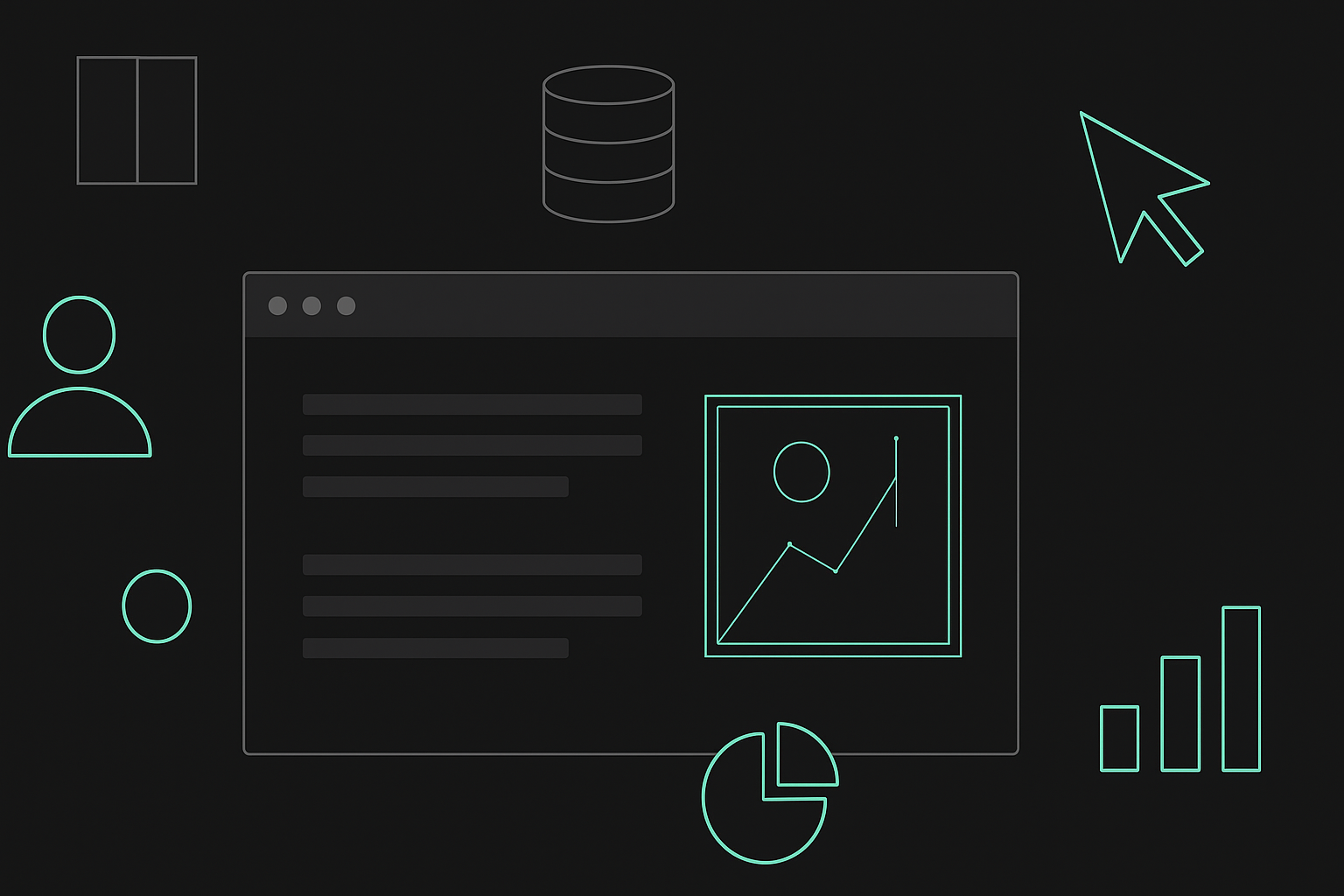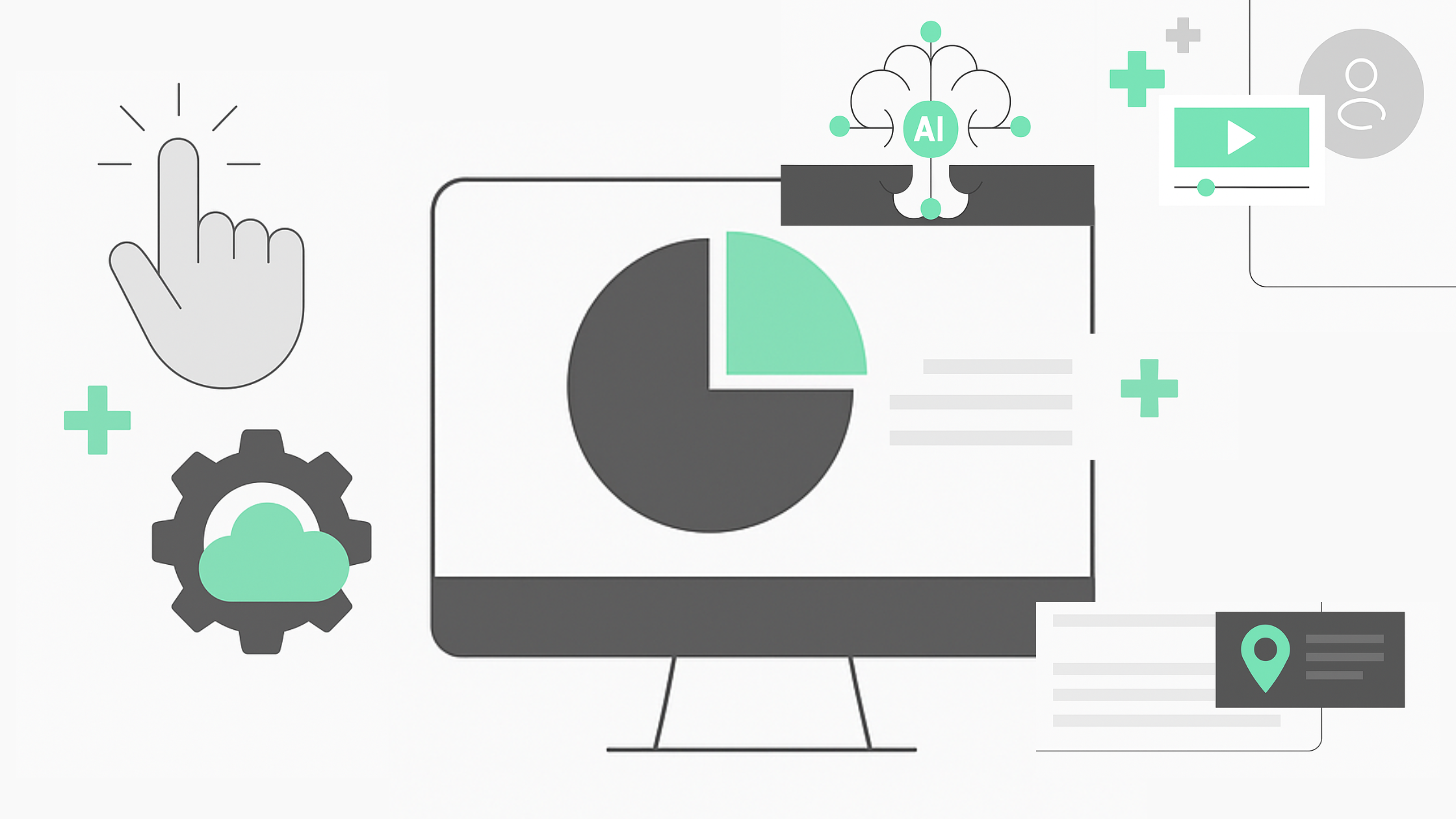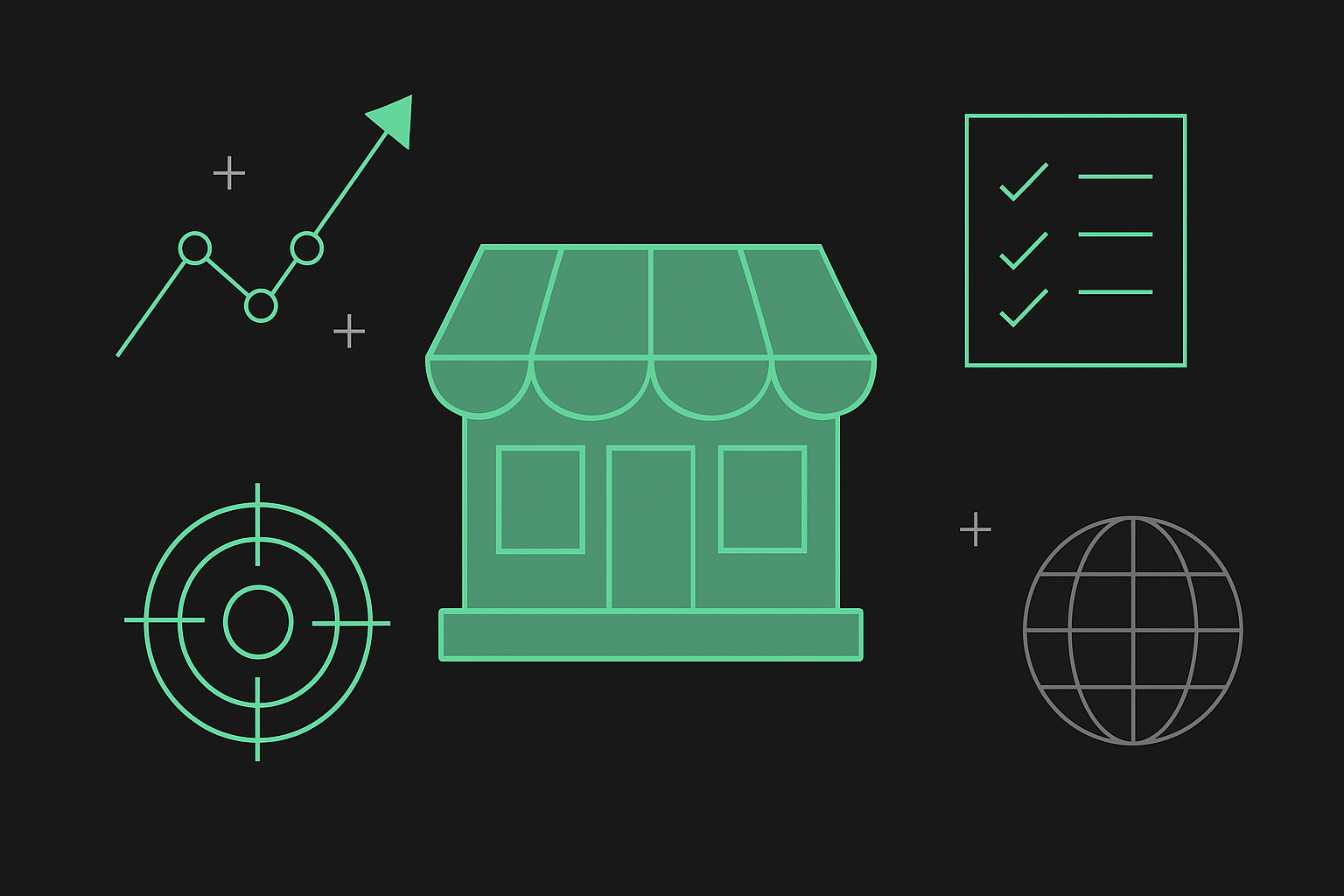Why First-Party Data Is Non-Negotiable for Franchise Marketing in 2025
Modern marketing continues to evolve rapidly. With increased consumer privacy expectations and regulations like the GDPR, if you’re not leveraging first-party data, you’re at a disadvantage.
For brands aiming to fine-tune audience segmentation or boost conversions, understanding how to utilize first-party data is non-negotiable for achieving sustainable success. In this post, we’ll explain why first-party data is one of the most critical assets in your digital marketing arsenal.
What First-Party Data Means for Franchises & Why It Matters
First-party data is information a business collects directly from its customers and audiences through owned channels, such as websites, mobile apps, email campaigns, loyalty programs, in-store purchases, and customer service interactions.
For franchises, this means collecting and managing data from multiple locations and digital touchpoints. When organized and activated correctly, first-party data provides a 360-degree view of your customers, regionally and nationally.
Leveraging this data enables you to refine the customer journey, personalize marketing across locations, and drive measurable returns on ad spend (ROAS).
Why Franchise Marketing Falls Apart Without First-Party Data
While first-party data can help improve customer relationships and increase conversions, if it's not leveraged properly, it could hinder your marketing campaigns. Here’s why:
Lack of Personalization Across Locations
Consumers expect tailored experiences, even from large national brands. Without first-party data, franchise systems are forced to serve generic messaging that fails to resonate with local audiences.
In most cases, local franchisees are the face of the brand. If your marketing doesn’t reflect the local customer’s preferences, buying habits, or location-specific trends, you risk losing relevance and revenue.
Inefficient Ad Spend and Diminished ROI
As third-party targeting capabilities degrade, ad performance will drop if you don’t use your data. Brands investing heavily in digital advertising, especially across multiple designated market areas (DMAs), must rely on precise, clean, consent-based data to ensure campaigns hit the right audience.
First-party data enables dynamic segmentation and retargeting, which are essential for multi-location marketing. It also reduces wasted spend by focusing only on engaged, high-intent users.
Compliance and Brand Risk
With privacy laws like GDPR, CCPA, and others gaining momentum globally, data compliance is not optional. Businesses are increasingly responsible for the way customer data is collected and used at both the brand and franchisee levels.
First-party data, obtained through transparent opt-ins, helps ensure legal compliance and builds consumer trust, two critical elements in protecting brand equity at scale.
Data Silos Between Franchisor and Franchisees
In a franchise system, the franchisor is the company that owns the overall brand and business model, while franchisees are local operators running individual locations under that brand. A common challenge in this setup is data silos - when customer information is scattered across different systems that don’t connect.
For example, a franchisee might collect customer data through their point-of-sale system or email platform, while the franchisor uses separate tools for national marketing or loyalty programs. Because these systems aren’t integrated, important customer insights stay isolated at the local level and don’t flow back to the franchisor or across the franchise network.
As a result, franchisors can’t see the full picture of customer behavior across all locations, and franchisees miss out on valuable tools and insights that could improve their local marketing. This leads to inconsistent customer experiences and uneven performance from one location to the next.
First-Party vs. Third-Party Data in Franchising
Let’s clarify how these data types stack up for franchises:
- First-Party Data:
Collected via branded websites, loyalty programs, appointment bookings, and customer service. It’s accurate, permission-based, and brand-owned, ideal for local and national personalization. - Third-Party Data:
Purchased or aggregated from external sources like ad platforms or data brokers. Often outdated or irrelevant to your franchise locations, and increasingly restricted by browsers and regulators.
First-party data not only offers better performance but also ensures long-term sustainability for multi-location marketing.
Strategic Benefits of First-Party Data for Franchise Brands
1. Hyperlocal Marketing
With granular insights into customer preferences at each location, franchisors can empower local franchisees to run geo-targeted campaigns that resonate with their audience, while maintaining brand consistency.
2. Unified Brand Strategy with Local Execution
By centralizing first-party data, businesses can create a scalable marketing playbook. This allows for consistent messaging while giving franchisees the flexibility to activate local promotions, events, or seasonal offers based on real data.
3. Smarter Loyalty Programs
Franchise brands often struggle with loyalty fragmentation. A first-party data strategy allows you to unify customer behavior across all franchise locations and channels, making rewards programs smarter and more personalized.
4. Performance Tracking and Optimization
With clean first-party data, you can monitor which messages, campaigns, or offers are working at the regional or store level, and continuously optimize. This allows national teams to support underperforming franchisees with data-backed decisions.
How Franchisors Can Build a First-Party Data Strategy
1. Audit and Centralize Your Customer Data
Start by identifying where data lives across the franchise system, such as websites, CRM platforms, POS systems, and email tools. Then, look for ways to unify it into a central Customer Data Platform (CDP) or franchise marketing platform.
2. Empower Franchisees to Collect Quality Data
Provide franchisees with tools and training to capture customer data ethically and effectively at every touchpoint, from appointment forms to checkouts to loyalty signups. The more value customers see in exchange, the more willing they’ll be to share.
3. Create Seamless Integrations
Ensure your franchise marketing stack, including email automation, ads, and loyalty platforms, is fully integrated to avoid data gaps. Martech.org stresses that fragmented tools limit visibility and hinder personalization.
4. Maintain Transparency and Compliance
Franchisors must lead by example in implementing transparent privacy policies, cookie banners, opt-in forms, and data governance standards across all franchisee websites and systems.
Unlocking Franchise Growth using First-Party Data
Franchise success in 2025 and beyond will hinge on your ability to own and activate your customer data. First-party data is no longer a “nice to have”—it’s a strategic requirement for:
- Scaling multi-location marketing efficiently
- Supporting franchisees with localized insights
- Enhancing customer retention and loyalty
- Navigating privacy changes without disruption
Brands that prioritize data ownership today will gain a serious competitive advantage tomorrow.
Ready to unlock that potential? Book a consultation call with us and let’s get you there.









